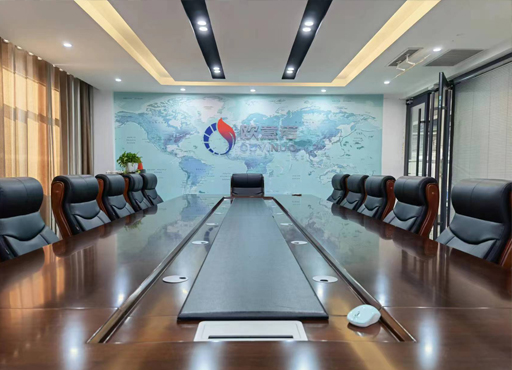
Nov . 06, 2024 22:45
Back to list
pressure regulating device
Understanding Pressure Regulating Devices Function and Importance
Pressure regulating devices are essential components in various industries, including manufacturing, oil and gas, water supply, and HVAC systems. These devices maintain consistent pressure levels within a system, ensuring optimal performance and safety. By controlling pressure fluctuations, pressure regulators help prevent potential damage to equipment, enhance efficiency, and improve overall operational reliability.
A pressure regulating device functions by automatically adjusting the flow of a gas or liquid within a system. It typically consists of a valve and a sensing element. When the pressure upstream of the regulator exceeds a predetermined set point, the sensing element detects this change and signals the valve to close partially, thereby reducing the flow and maintaining the desired pressure downstream. Conversely, if the pressure drops below the set point, the valve opens to allow more flow, compensating for the decrease. This dynamic adjustment is crucial in applications where pressure stability is vital for proper operation.
One of the primary advantages of using a pressure regulating device is enhanced safety. High pressure can lead to dangerous situations, such as equipment failure, leaks, or even explosions. By ensuring that pressure levels remain within safe limits, these devices help mitigate risks associated with overpressure scenarios. Additionally, pressure regulators help extend the lifespan of equipment by reducing wear and tear caused by pressure surges.
pressure regulating device

In industrial processes, consistent pressure regulation translates to improved efficiency. Fluctuating pressure can lead to variations in production rates and quality. By maintaining stable operating conditions, pressure regulating devices contribute to the seamless operation of machinery, leading to better productivity and reduced downtime. For instance, in a water supply system, a pressure regulator ensures that delivering water remains steady, preventing system overloads and ensuring availability for consumers.
Moreover, in residential settings, pressure regulators are often used in plumbing systems to ensure that the water pressure reaching faucets and appliances remains at optimal levels. This not only enhances user comfort but also minimizes the risk of pipe damages and water wastage.
In conclusion, pressure regulating devices play a critical role in various applications by ensuring safety, improving efficiency, and enhancing equipment longevity. As industries continue to evolve, the importance of reliable pressure regulation will only grow, highlighting the need for innovation and advancements in these essential devices. Understanding their function and significance is key to appreciating their role in modern systems.
Latest news
-
Safety Valve Spring-Loaded Design Overpressure ProtectionNewsJul.25,2025
-
Precision Voltage Regulator AC5 Accuracy Grade PerformanceNewsJul.25,2025
-
Natural Gas Pressure Regulating Skid Industrial Pipeline ApplicationsNewsJul.25,2025
-
Natural Gas Filter Stainless Steel Mesh Element DesignNewsJul.25,2025
-
Gas Pressure Regulator Valve Direct-Acting Spring-Loaded DesignNewsJul.25,2025
-
Decompression Equipment Multi-Stage Heat Exchange System DesignNewsJul.25,2025

